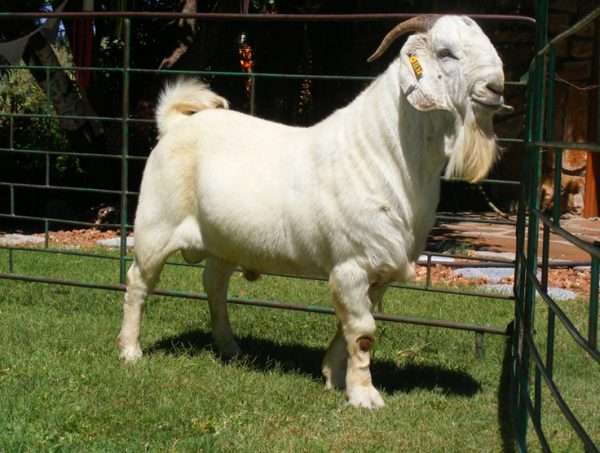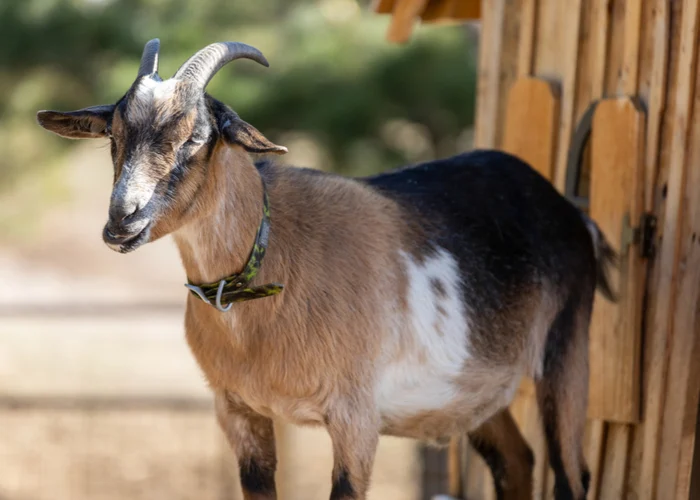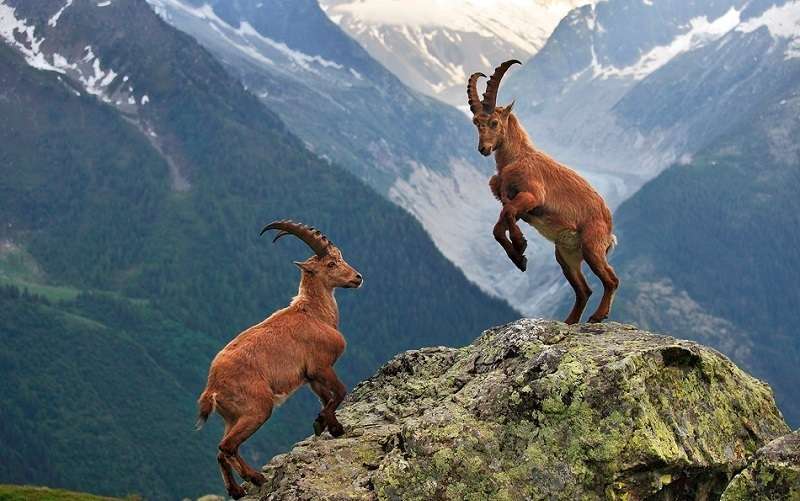
Description:
Parents were two white-haired, dark-skinned Boer goats. Both Boer goats and the Parents were two Boer goats with black skin and white hair. Both Boer goats and savanna goats produce meat quickly despite the challenging climatic conditions of extreme temperature fluctuations, direct sunlight, little foliage, and sporadic drought. These animals’ white hair and dark complexion make them perfect for spending extended periods of time in the sun since they can stay cooler and avoid sunburn more effectively than other dark-haired, light-skinned domestic goats.
At an average weight of 130 pounds, savanna goats are medium to large in size in comparison to other domestic goats. They have prominent lob ears that extend all the way to their chin. The animal has short, white hair that covers its dark gray or black skin all over its body. On occasion, their ear tips will have very small black marks. Genuine savanna goats, however, are those with these black earmarks and no other color.
From the top of their heads, back towards their shoulders, savanna horns sprout. Like their skin, their horns are a deep black color. They develop in an oval pattern but halt before the neck’s rear. Although a doe has horns, buckhorns are larger and more powerful.
Behavior:
Animals on savannas form flocks. This indicates that they lead happy lives as sheep-like flock members. They will gnaw on almost anything that comes within their reach, just like regular domestic goats. They enjoy jumping, sprinting, and even climbing roofs. Fences and other barriers placed in place to contain them frequently get jumped. For farmers and ranchers with little space, this can make caring for a flock stressful because they are stupid troublemakers. Other than that, they have amusing characteristics that most people find cute and humorous.
Benefits/Uses:
Meat goats are a valuable resource for smallholder farmers in South Africa since they carry less financial risk than other livestock. They are also appreciated for their leather and as readily available capital in times of need. Popular white animals for religious or festive occasions. In meat herds, sires are employed for crossbreeding.
Origin/History:
Goats have been found in southern Africa as early as 2500 BCE. The diverse multicolored goats that formed the indigenous landraces of South Africa were introduced and exchanged by Bantu and Khoekhoe peoples who were traveling south during the fifth and sixth century CE.
In the Northern Cape, the DSU Cilliers and Sons stud farm was established in 1957. Mixed-colored indigenous does were crossed with a sizable white buck by Lubbe Cilliers. By letting natural selection operate on wild-ranging herds in the difficult veld circumstances, he built resilient, effective meat animals from these. The Savanna Goat Association was established by South African breeders in 1993.

Keeping as pet:
- Diet
Savanna goats are superb browsers, meaning they favor higher-growing woody plants’ leaves and other vegetation overgrazing. Typically, they consume the leaves, shoots, fruits, and other components of shrubs and trees. These goats are widely used by farmers and ranchers to control shrub growth on ranchlands.
Like other goats, savanna goats will nibble and chew on practically anything that appears to be edible. They frequently chew on baskets, clothing, hair, and other non-food objects. You must give Savanna goats grains, grass, alfalfa, or clover hay if you intend to confine them in a pen. They may consume corn as well, but only up to 50% of the time.
Table





